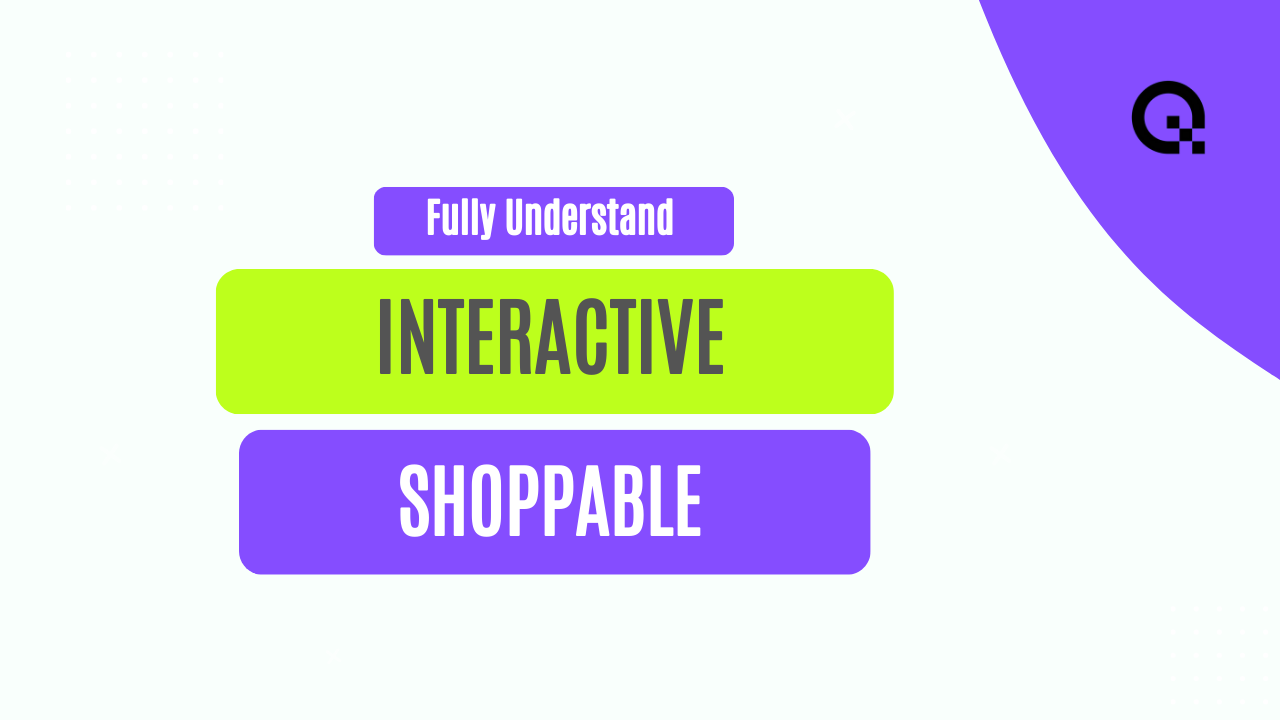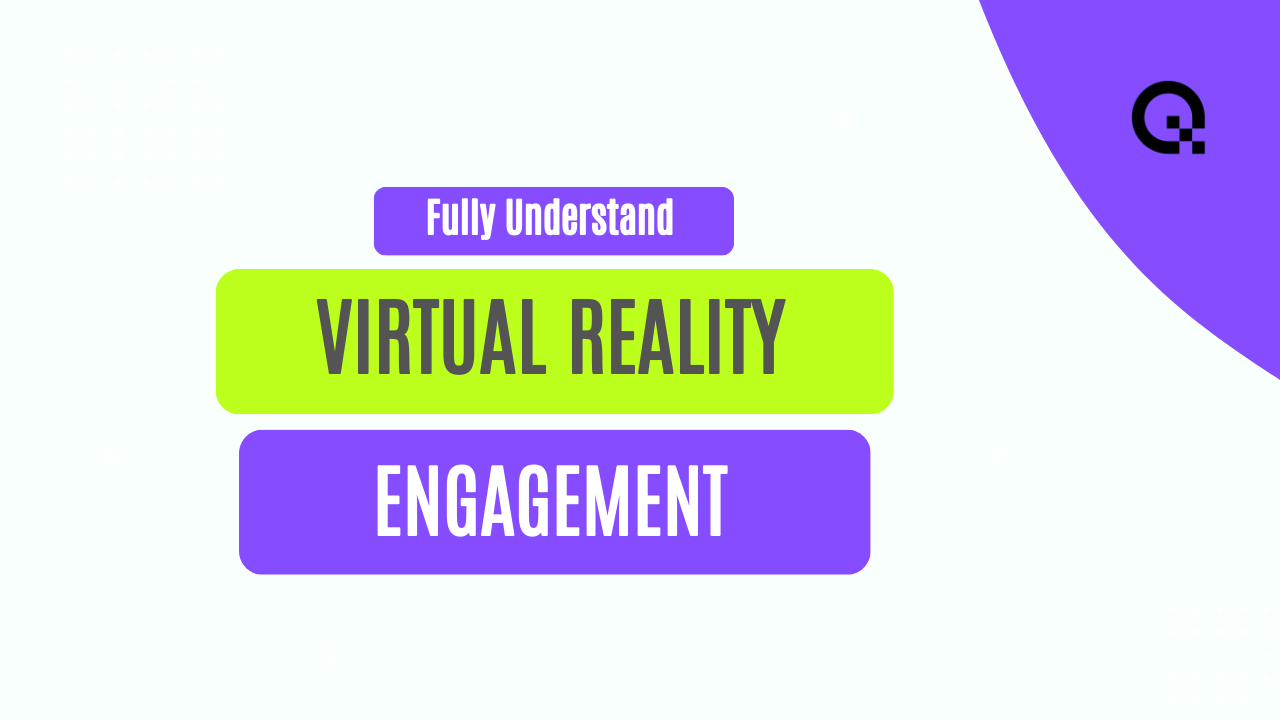The Power of Visual Storytelling: Engaging Audiences on Social Platforms
Visual storytelling is a powerful tool that businesses can use to captivate their audience and stand out in a crowded digital landscape. In today's fast-paced world, where attention spans are shrinking, visual content has become increasingly important for brands looking to make an impact on social platforms.
The Rise of Visual Storytelling
Visual storytelling is not a new concept, but its importance has grown significantly with the rise of social media. Platforms like Instagram, Facebook, and Pinterest have made it easier than ever for businesses to share visual content with their audience.
Studies have shown that people remember visual content better than text alone. By incorporating compelling images, videos, and infographics into their social media strategy, brands can create a more memorable and engaging experience for their followers.
The Benefits of Visual Storytelling
There are several key benefits to using visual storytelling on social platforms. One of the main advantages is the ability to evoke emotion and create a connection with the audience. Visual content has the power to convey complex ideas in a simple and impactful way, making it easier for brands to communicate their message.
Visual storytelling also helps brands differentiate themselves from their competitors. By creating unique and visually appealing content, businesses can attract and retain the attention of their target audience, ultimately leading to increased brand awareness and customer loyalty.
Tips for Effective Visual Storytelling
When it comes to visual storytelling on social platforms, there are a few key tips to keep in mind. First and foremost, it's important to know your audience and tailor your visual content to their preferences and interests. By understanding what resonates with your followers, you can create content that is more likely to engage and inspire them.
Another important tip is to maintain a consistent brand identity across all visual content. This includes using consistent colors, fonts, and imagery to create a cohesive and recognizable brand image. Consistency is key to building brand recognition and trust among your audience.
Case Studies: Successful Visual Storytelling Campaigns
Several brands have successfully used visual storytelling to connect with their audience and drive engagement on social platforms. One notable example is Airbnb, which uses stunning photography and user-generated content to showcase unique travel experiences around the world.
Another example is National Geographic, known for its captivating images and powerful storytelling that transports viewers to far-off places and inspires a sense of wonder and curiosity.
Conclusion
Visual storytelling is a valuable tool for businesses looking to make an impact on social platforms. By incorporating compelling visual content into their social media strategy, brands can create a more engaging and memorable experience for their audience. With the rise of visual-centric platforms like Instagram and TikTok, visual storytelling has never been more important for capturing the attention and imagination of users. Embrace the power of visual storytelling and watch your brand soar to new heights on social media!



